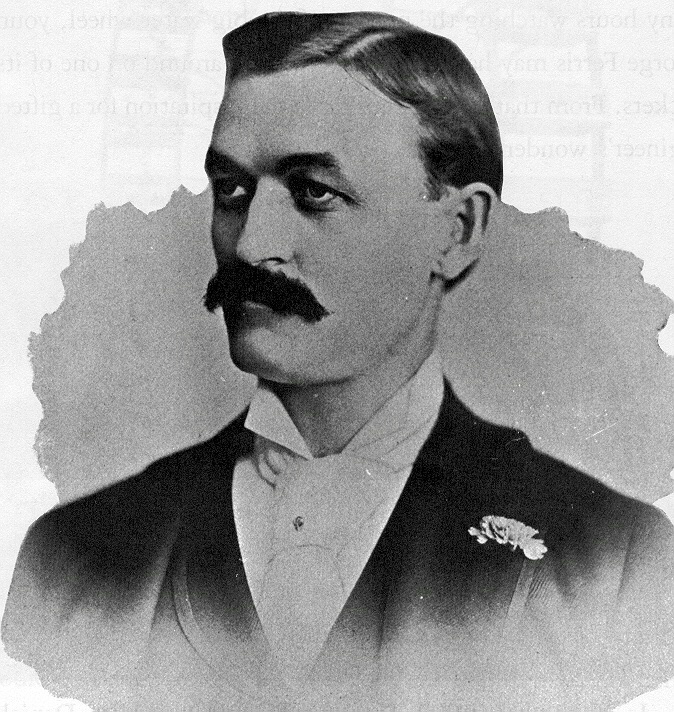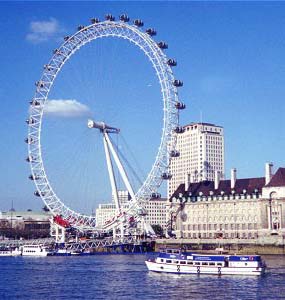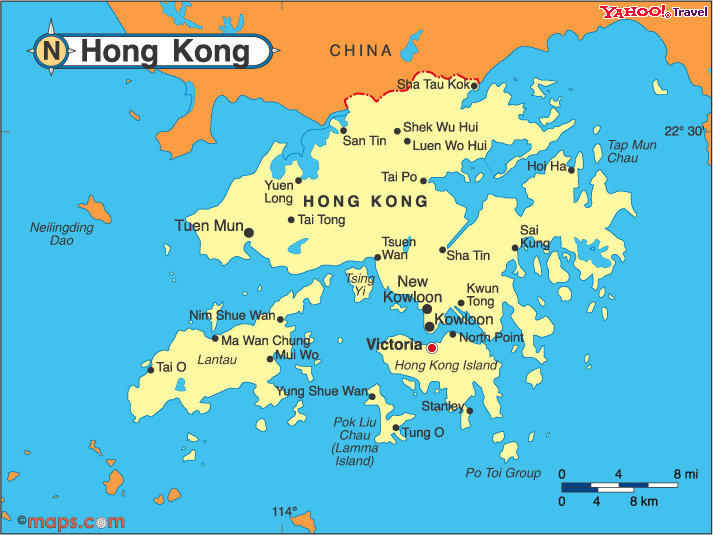
Photo from the Cavalier Daily
The answer is, Yes he was. But of course, I have to share with you other interesting tidbits I learned about him as well.
- "The Price is Right" has been on the air since 1972. Barker has been its host for 35 years. It is the longest-running game show in TV history.
- Barker was born in 1923 in Darrington, WA. He spent his pre-teen years on the Rosebud Indian Reservation in South Dakota, where his mother taught school.
- His family moved when he was in high school to Springfield, MO, and he graduated high school in 1941.
- At the onset of World Ward II, he enrolled in Drury College in Missouri on a basketball scholarship.
- In 1942, he left college and joined the Navy. He moved up from Cadet to Ensign as a fighter pilot, but just as he was about to be assigned to seagoing duty, however, the war ended.
- He remained on the Naval Reserve's rolls until 1960.

Bob Barker, 1945.
Photo from Naval Air Station, Grosse Ile
- He went back to college at Drury in Missouri and while he was there, he got a job at a local radio station. He learned that he was most talented at hosting audience participation shows.
- After graduating summa cum laude with a degree in economics, Barker moved to Palm Beach, Florida, where he got another radio station job.
- The following year, he moved to LA to host his own radio program, The Bob Barker Show.
- In 1956, he debuted on television as the host of the very popular "Truth or Consequences." He stayed on as host of that show for 18 years.
- Two years later, he was hosting "The Price is Right." You've seen the rest, essentially, every weekday morning at 11.
- When he's sick -- and he has been, only twice: once for a stroke and once for prostate surgery -- they don't have a replacement fill in. They don't tape any new shows and they just play re-runs.
- Barker has been named twice in the Guinness Book of World Records as television's Most Durable Performer and as Most Generous Host in Television History. When he won the second moniker, the show had awarded $55 million in prizes. Since then, the show has awarded another $200 million.
- Barker has won 11 Emmy awards for Game Show Host, which is more Emmys than any other performer has ever won. He has also won 2 awards for his role as Executive Producer of "The Price is Right," a position he has held since 1987.
- He is a vegetarian and is a strong proponent of animal rights. He once went to Washington to meet with members of Congress to request that elephants be banned from circuses and traveling shows.
- Barker and a fellow entertainment colleague donated $500,000 to Harvard Law School to fund courses on animal rights law.
- He was accused in 1993 of sexually harassing one of the show's models, Dian Parkinson.
Dian Parkinson
(Photo from The Price is Right TV)
- They had had an affair for three years (his wife had died in 1981), but Parkinson said it was harassment. Ultimately, she dropped the suit in 1995. Other lawsuits have raged on behind the scenes.
- He has a black belt in karate and also earned a red belt in tang soo do karate under the tutelage of Chuck Norris.
- Looking for pictures of him, I discovered that lots of people have named their dogs Bob Barker.
Sources
IMDB, Biography for Bob Barker
Answers.com, Bob Barker
"Bob Barker to face courtroom battle after model's suit ruled valid," courtTV.com, September 23, 2004.
For Bob's side of the story, read the transcript of this interview he did with Larry King on CNN

















